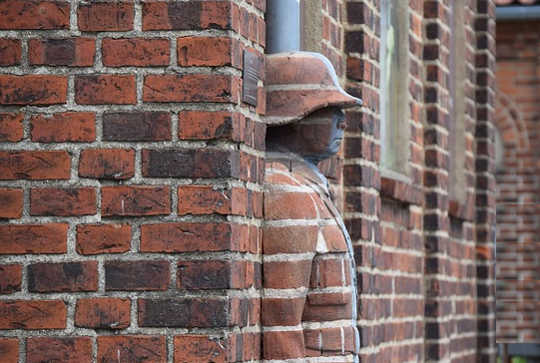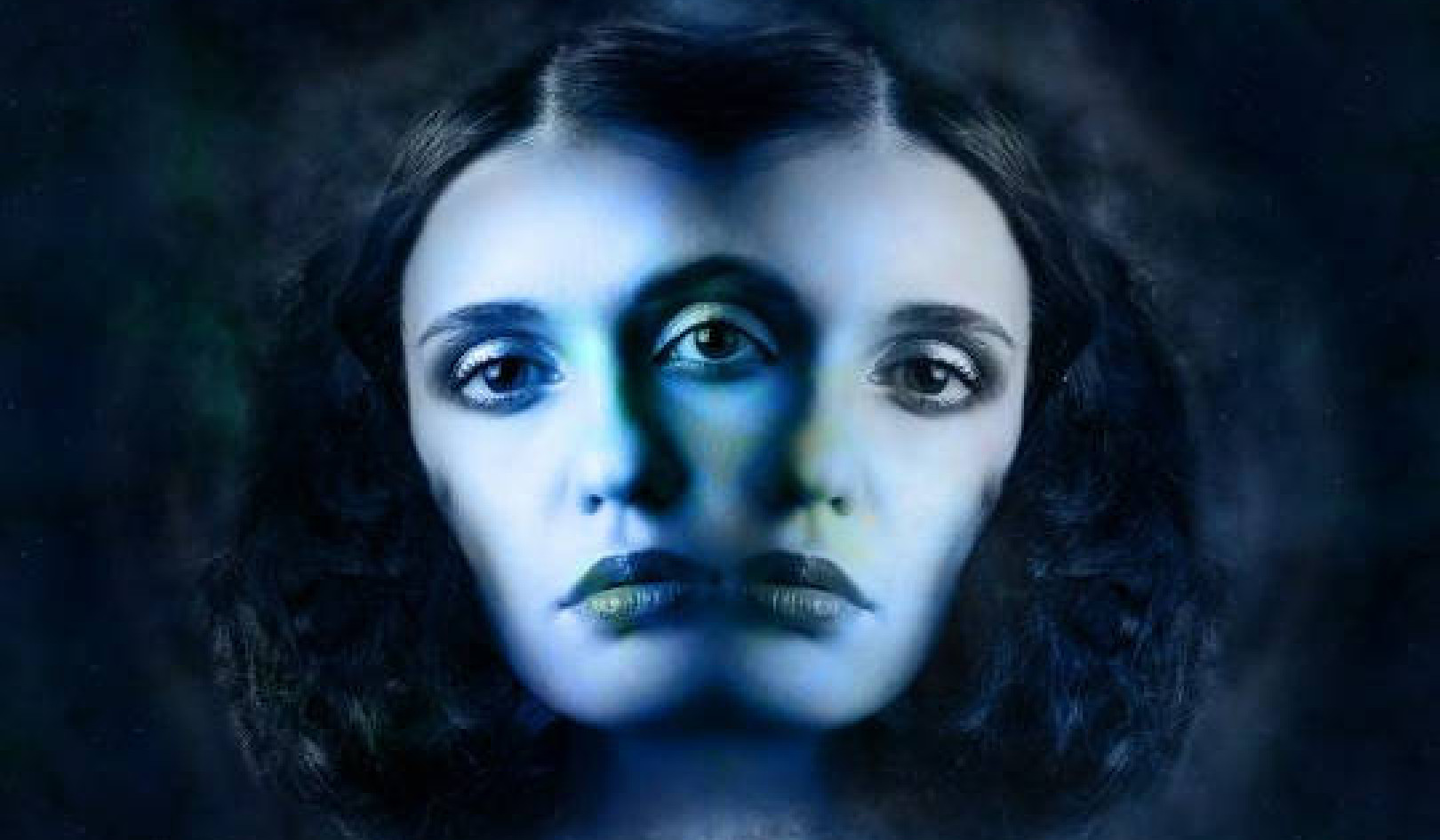
Image by Åsa K
There is a widely discussed “paradigm shift” underway today. It brings a two-fold revolution—actually parallel strands of a radical “evolution.” First and most basically, an evolution in our understanding of the fundamental nature of the world. Second, a logically entailed but still largely independently researched evolution in our understanding of the nature of health and disease. We consider both (r)evolutions, and begin with a review of science’s emerging understanding of the world.
The new concept surfacing at the cutting edge of science is radically new and at the same time millennia old. It is new in relation to the dominant paradigm in science and society, but it is old in its “re-cognition” of intuitions that have hallmarked inquiry into the nature of reality for thousands of years.
The classical paradigm is the inheritance of Newtonian physics. In light of that paradigm the world consists of individual bits of matter interacting in passive space and indifferently flowing time. This view has been challenged by the “relativity revolution” in the first decade of the twentieth century and by the “quantum revolution” in the third.
The paradigm emerging today consolidates these revolutions. It sees the world as a whole system in which all things in their ensemble constitute an entangled macroscopic quantum system. The “global realism” of the new paradigm contrasts with the “local realism” of the old. In the old paradigm, all things occupy unique positions in space and time and are affected only by local forces transmitted through mechanistic interactions. By contrast, in the perspective of global realism, all things are instantly and mutually “entangled” across all points of space and intervals of time.
The New Paradigm in Physics
In light of the concept emerging at the frontiers of the physical sciences, the universe is not an arena for structures and entities of matter moving in passive space and indifferently flowing time. As astrophysicist James Jeans noted over a hundred years ago, the universe is more like a great thought than like a great rock.
The concept of a thought-like universe is familiar from the annals of history. Philosophers, scientists, and intuitive people in all walks of life have often questioned that the world would be just as it is presented to our senses. The intuition that it is more thought-like than rock- or machine-like proved to be well founded. The universe is not an ensemble of separate bits of matter obeying mechanistic laws, but an intrinsically whole macroscopic quantum system where all things are in-formed and interconnected beyond the conventional bounds of space and time.
In the new paradigm of physics, the things that exist and persist in the world are sets and clusters of vibrating energy. These clusters are what we experience as the physical furnishings of space and time.
The idea of the world as vibration has been known to the classical wisdom traditions. It was present in the Sanskrit concept of Akasha and was taken up in the Vedic texts of India as early as 5000 BCE. In the Vedas its function was identified with shabda, the first vibration, the first ripple that constitutes the universe, and also with spanda, the “vibration/movement of consciousness.”
The contemporary Indian scholar I. K. Taimni wrote, “There is a mysterious integrated state of vibration from which all possible kinds of vibrations can be derived by a process of differentiation. That is called N.da in Sanskrit. It is a vibration in a medium which may be translated as ‘space’ in English. But it is not mere empty space but space which, though apparently empty, contains within itself an infinite amount of potential energy.”
This traditional notion is sustained and elaborated at the cutting edge of quantum physics. Research on the ultrasmall dimensions of the universe reveals that space is not empty and smooth, but filled with waves and vibration. At the subquantum level physicists do not find anything they could identify as matter. What they find are standing and propagating waves—clusters of stationary and propagating vibration.
Previously scientists assumed that it is matter that vibrates. There is a ground substance that vibrates, and that substance consists of matter-particles and assemblies of matter-particles. The world is material, and vibration is the way matter behaves. But the contrary turned out to be the case. There is no ground substance. The universe is a system of variously complex and coherent clusters of vibrant energy, and matter is just the way the vibrations appear on observation.
The great physicist Max Planck said this clearly. In one of his last lectures in Florence, he noted, “As a man who has devoted his whole life to the most clear-headed science, to the study of matter, I can tell you as a result of my research about atoms this much: There is no matter as such. All matter originates and exists only by virtue of a force which brings the particles of an atom to vibration and holds this most minute solar system of the atom together.”
Planck was not alone in stating the concept of the universe as force and vibration. Two years prior to Planck’s pronouncement, the maverick genius Nikola Tesla said that if you want to know the secrets of the universe, think in terms of energy, frequency, and vibration.
In the second decade of the twenty-first century, the materialist concept of the physical world has been definitively transcended. The new physics tells us that it is not from bits of matter but from clusters of ordered energy-vibration that the things we find in the world are built.
©2019 by Ervin Laszlo and Pier Mario Biava.
All Rights Reserved. Excerpted with permission. Healing Arts Press,
a divn. of Inner Traditions Intl. www.InnerTraditions.com
Article Source
Information Medicine: The Revolutionary Cell-Reprogramming Discovery that Reverses Cancer and Degenerative Diseases
by Ervin Laszlo and Pier Mario Biava, MD.  Unveiling the holistic future of medicine, the authors show how we will no longer need to approach the treatment of cancer and other degenerative diseases as a “fight,” but as a restoration of our cells’ original programming. With the advent of Information Medicine, we now have the power to program ourselves to heal. (Also available as an e-Textbook.)
Unveiling the holistic future of medicine, the authors show how we will no longer need to approach the treatment of cancer and other degenerative diseases as a “fight,” but as a restoration of our cells’ original programming. With the advent of Information Medicine, we now have the power to program ourselves to heal. (Also available as an e-Textbook.)
Books by Ervin Laszlo
About the Authors
 Ervin Laszlo is a philosopher and systems scientist. Twice nominated for the Nobel Peace Prize, he has published more than 75 books and over 400 articles and research papers. The subject of the one-hour PBS special Life of a Modern-Day Genius, Laszlo is the founder and president of the international think tank the Club of Budapest and of the prestigious Laszlo Institute of New Paradigm Research. The winner of the 2017 Luxembourg Peace Prize, he lives in Tuscany. In 2019, Ervin Laszlo was cited as one of the "100 Most Spiritually Influential Living People in the World" according to Watkins Mind Body Spirit magazine. Visit his website at www.ervinlaszlo.com
Ervin Laszlo is a philosopher and systems scientist. Twice nominated for the Nobel Peace Prize, he has published more than 75 books and over 400 articles and research papers. The subject of the one-hour PBS special Life of a Modern-Day Genius, Laszlo is the founder and president of the international think tank the Club of Budapest and of the prestigious Laszlo Institute of New Paradigm Research. The winner of the 2017 Luxembourg Peace Prize, he lives in Tuscany. In 2019, Ervin Laszlo was cited as one of the "100 Most Spiritually Influential Living People in the World" according to Watkins Mind Body Spirit magazine. Visit his website at www.ervinlaszlo.com
 Pier Mario Biava, M.D., has been studying the relationship between cancer and cell differentiation for more than 3 decades. The author of over 100 scientific publications and 6 books, he works at the Institute of Research and Treatment in Milan.
Pier Mario Biava, M.D., has been studying the relationship between cancer and cell differentiation for more than 3 decades. The author of over 100 scientific publications and 6 books, he works at the Institute of Research and Treatment in Milan.























